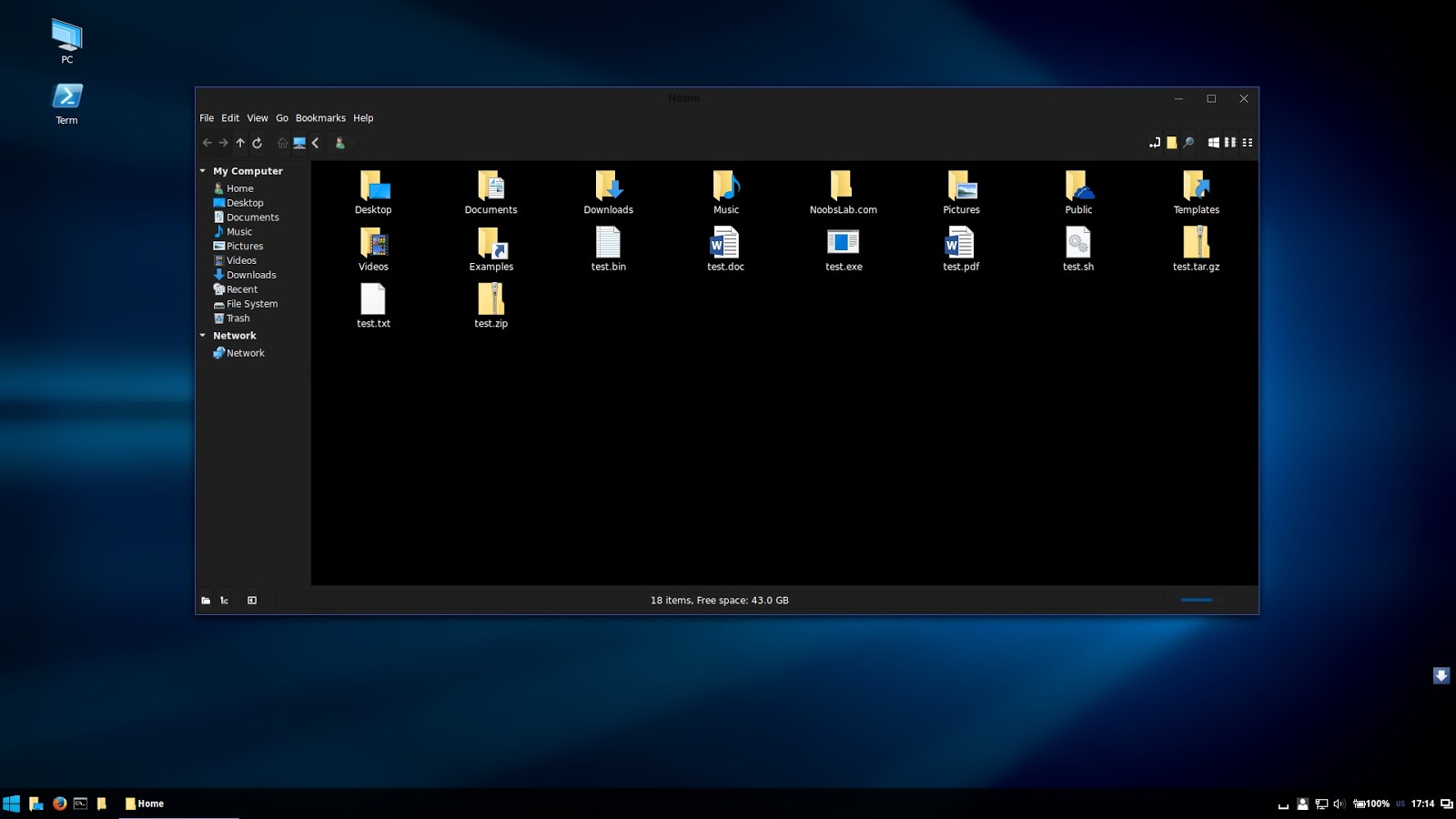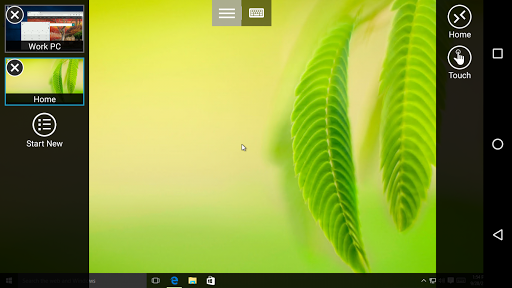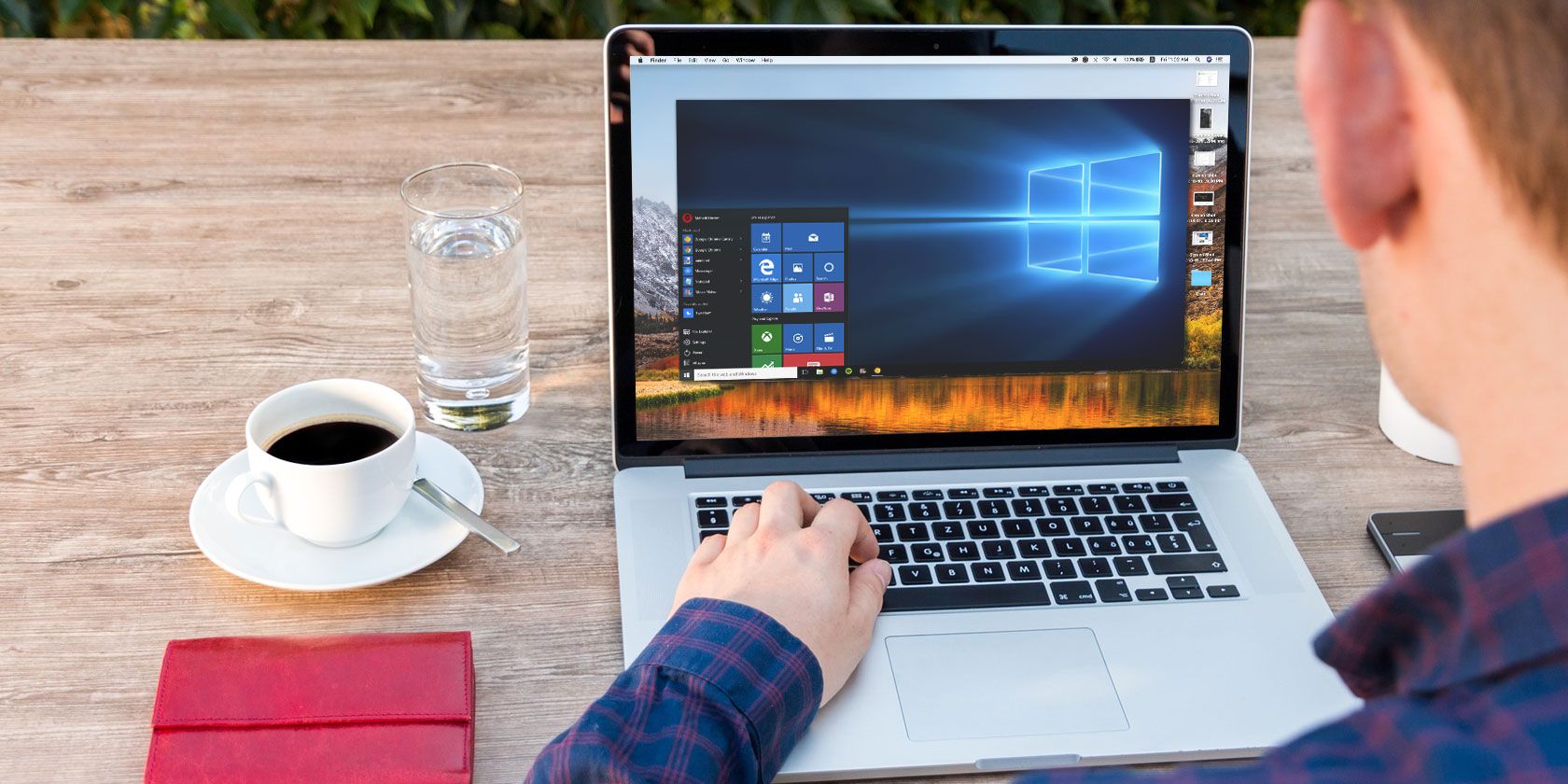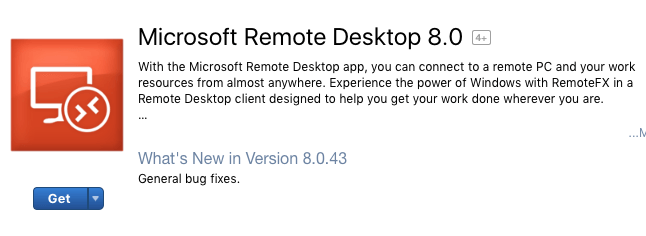Microsoft Remote Desktop, a free application from Microsoft, allows you to use a Mac laptop or desktop to connect to and work from a Windows desktop computer that you have RDP access to in your on-campus office or lab. If you aren't sure whether you have RDP access to a certain machine, feel free to check with ECN via our Trouble Report System:
Start by heading over to the Mac App Store and install Microsoft Remote Desktop, which is completely free. Once the installation has completed, launch Microsoft Remote Desktop from your Applications folder. Visit the Apple iTunes Store to download the Microsoft Remote Desktop application. Click “View in Mac App Store”. Once the App Store opens, click 'Get', then click 'Install App'. If prompted, enter your Apple ID and password. Click 'Open' once the installation finishes. Use the Remote Desktop. This content applies to Windows Virtual Desktop with Azure Resource Manager Windows Virtual Desktop objects. If you're using Windows Virtual Desktop (classic) without Azure Resource Manager objects, see this article. Does Microsoft Teams has the same functionality as Remote desktop? If a VM (in order of preference) is not sufficient like VMWare Fusion, Parallels, or Virtual Box a solution to this problem is to install Windows 10 using Apple's Boot Camp. This allowed me to use natively my Mac to run Windows. So all Windows 10 software is natively available. Open a web browser, and visit the Microsoft Azure virtual desktop website at 2. Click the download link in the middle of the page. The Mac App Store preview page is displayed for Microsoft Remote Desktop.
Put simply, Microsoft Remote Desktop from a laptop or a home computer makes it as if you're sitting at the desk in your office using your computer's keyboard and mouse -- even if you're two buildings, two miles, or two continents away.
By remotely accessing an ECN-supported desktop computer and refraining from storing your Purdue files locally on your laptop or home computer, your data remains safely stored in your home directory on ECN's network servers -- which receive daily backups.


If you have a Windows-based laptop or home computer, Microsoft provides Microsoft Remote Desktop for Windows 7, please see Remote Desktop Connection in Windows 7.The instruction on the page you're reading now focus on the MacOS version.
Remote Desktop On Mac To Windows
You'll want to follow these instructions on your Mac laptop and/or at-home Mac-- not on the on-campus desktop computer! Before you begin, download and install Microsoft Remote Desktop free via the App Store to your Mac.(Please note you'll need to be running 10.12.6 MacOS Sierra minimally, to run/download this application from the App Store).
When connecting from off-campus, please make sure to Purdue's VPN (www.webvpn.purdue.edu) first, as seen in step 1.
Who can use Microsoft Remote Desktop?
A remote-controlled computer can be used by only one person at a time. As such, this service is intended for use only by those who do not share the same office computer with other people. A graduate student may use Microsoft Remote Desktop with the permission of their supervisor.
Every ECN-supported Windows PC which will be used remotely must be pre-configured by ECN before this service will work. Please contact us in advance; we will provide you with the value that you'll need in step #3 as well.
Connecting to the Desktop Computer in Your Office
1. Connect to Purdue's Virtual Private Network. When using a computer off-campus, this step is required. Establish a connection to Purdue's Virtual Private Network (https://webvpn.purdue.edu). For a description of this service, please see ITaP's VPN 'Getting Started' page.
2. Launch the Microsoft Remote Desktop application from your Applications folder. The appropriate icon can be seen below:
3. Once the application opens up, you'll need to add your specific machine to the 'My Desktops' list. To do so, click on New. A new dialog will appear. Fill it out as seen below-- making sure to substitute '128.46.xxx.yyy' with the actual IP address of your machine, 'username' for your Purdue Career Account user name, and 'Password' for your account password. Please note though that you will need to type either 'boilerad' or 'ecn'before your user name in order to successfully authenticate to your machine.
NOTE: If using the ECN RemoteAvailability website, please instead use the computer hostname INSTEAD of the IP. you can do this by appending .boilerad.purdue.edu to the selected PC name from a green box.
IMPORTANT
If your computername begins with x- you will use 'boilerad' prior to your username.
If your computername DOES NOT begin with x- you will use 'ecn' prior to your username.
Again, if you do not know your computer's IP, feel free to check with ECN via our Trouble Report System. Once you enter all of the necessary information, click the red circle in the top right corner of the dialog to close it out and save your configuration. You should now see 'Office PC' in your list under 'My Desktops.' Feel free to change the 'Connection name' of your configuration to anything you like. More specific names can be helpful when you need to set up connections to multiple machines on campus.
4. When you double click on your newly created RDP connection ('Office PC'), the following 'Verify Certificate' prompt may appear.
If it does, simply choose 'Continue.' Your Windows screen should then appear to you.
5. When you're ready to disconnect from your Windows machine, you may end the session in one of these ways:
- Click on the Start menu and select 'Disconnect.' This will end the remote session but leave files and programs open and running on your office PC.

- Click on the round red button at the top-left corner of the window. This will end the remote session but leave files and programs open and running on your office PC. If you do not see the Microsoft Remote Desktop application menu bar with the red button, simply hover your mouse at the top of your screen until it appears.
- Click on the Start menu and select 'Log off.' This will close all open files and programs on your office PC and also end the remote session.
Last modified: 2020/11/24 07:34:55.304958 US/Eastern by steven.e.schmidt.1
Created: 2008/07/31 10:21:59.307000 GMT-4 by john.a.omalley.1.
Categories
- Knowledge Base > ECN > RDP
- Knowledge Base > Software > RemoteDesktop
- Knowledge Base > OS > Mac
- Knowledge Base > OS > Mac > OS X
Search
Type in a few keywords describing what information you are looking for in the text box below.
Offers you the possibility to quickly connect to a Windows-based computer in order to work with its programs and files, access data and more
What's new in Microsoft Remote Desktop 10.6.3:
- In this release we fixed a bug that was causing the client to return a 0x507 error code.
- In addition, we enabled the following features on Apple Silicon:
Being able to access computers from a remote location helps you avoid a lot of hustle: you can offer support, access data stored on the target computer and more.
Microsoft Remote Desktop is a small yet very useful utility that allows you to remotely connect to Windows workstations from your Mac.
Remote connect to Windows computers

All your remote connections will have to be managed via the Microsoft Remote Desktop main window: you can save different configurations and then connect to various machines through a simple mouse click.
To get started, press the “New” button placed on the top window toolbar and start configuring the connection by providing a friendly name for the target computer, the PC name (host name or IP address), the gateway (you can set it up in the Preferences), the credentials required, and adjust details about the resolution and screen mode.
Install Microsoft Remote Desktop 8 Mac
Prepare your computer for a remote connection
Take into account that the target PC must be able to accept remote connection: there are certain settings that must be performed on the Windows computer beforehand. To learn more about that, you can read the online support documentation provided by Microsoft.
When you configure a connection, Microsoft Remote Desktop enables you to decide what resolution should be used, the color quality, the full screen mode, if you want to start the session in full screen, if you will use all monitors, or if the content should be scaled.
Moreover, you can choose to play the sound on device, on the remote PC, or not at all, to connect to admin sessions, to forward printing devices, to swap mouse buttons, or to enable folder redirection.
Establish remote connections with Windows PCs
Microsoft Remote Desktop provides a simple and intuitive solution for quickly setting up remote connections between your Mac and various Windows machines. This is extremely useful if you need to access data stored on Windows computers, if you want to make real time presentations, and more.
Filed under
Microsoft Remote Desktop was reviewed by Sergiu GatlanMicrosoft Remote Desktop 10.6.3
add to watchlistsend us an update- runs on:
- macOS 10.14 or later (Universal Binary)
- file size:
- 51.8 MB
- filename:
- Microsoft_Remote_Desktop_10.6.3_installer.pkg
- main category:
- Utilities
- developer:
- visit homepage
top alternatives FREE
top alternatives PAID
